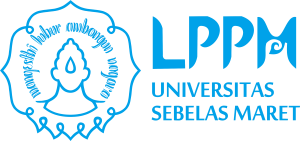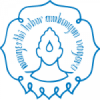Keywords: insecticidal activity, secang, cabbage caterpillars, mortality, antifeedan
By: Elfi Susanti VH, Ato Sulistyo
This study aimed to isolate and identify the active insecticidal compounds from the secang leaf and determine the dosage formulation of botanical insecticides are effective in controlling cabbage caterpillars. 430 g of dried leaf powder was extracted with 5.5 L methanol. Methanol extract was concentrated using a rotary evaporator, 33.8 g of extract obtained thick. Condensed extract was fractionated with solvent hexane, ethyl acetate and water. The separation is done by column chromatography, active isolates obtained 5.5 mg of crystal form of needles. TLC test results show the fraction containing a compound, but its structure can not be identified.
Determination of insecticidal activity against the three factions has been adopted by Leaf Dep Bio Essay methods. The test results showed that the leaf extract fractions of hexane, ethyl acetate, and aquades have insecticidal activity against caterpillars of cabbage, with an average mortality of larvae of P. xylostella highest on leaf extract treatment hexane fraction (63.33%) and average mortality of larvae of P. xylostella lowest occurred in the leaf extract treatment ethyl acetate fraction (36.66%). LC50 and LC90 aquades fraction is 4.46 x10-3 ppm and 8.41 x10-5 ppm.
On testing of forced feeding behavior and feeding behavior choices, suggesting an antifeedant effect against the larvae of P. xylostella. This can be seen from the higher concentration, the lower the percentage of leaf damage and larval weight smaller.

